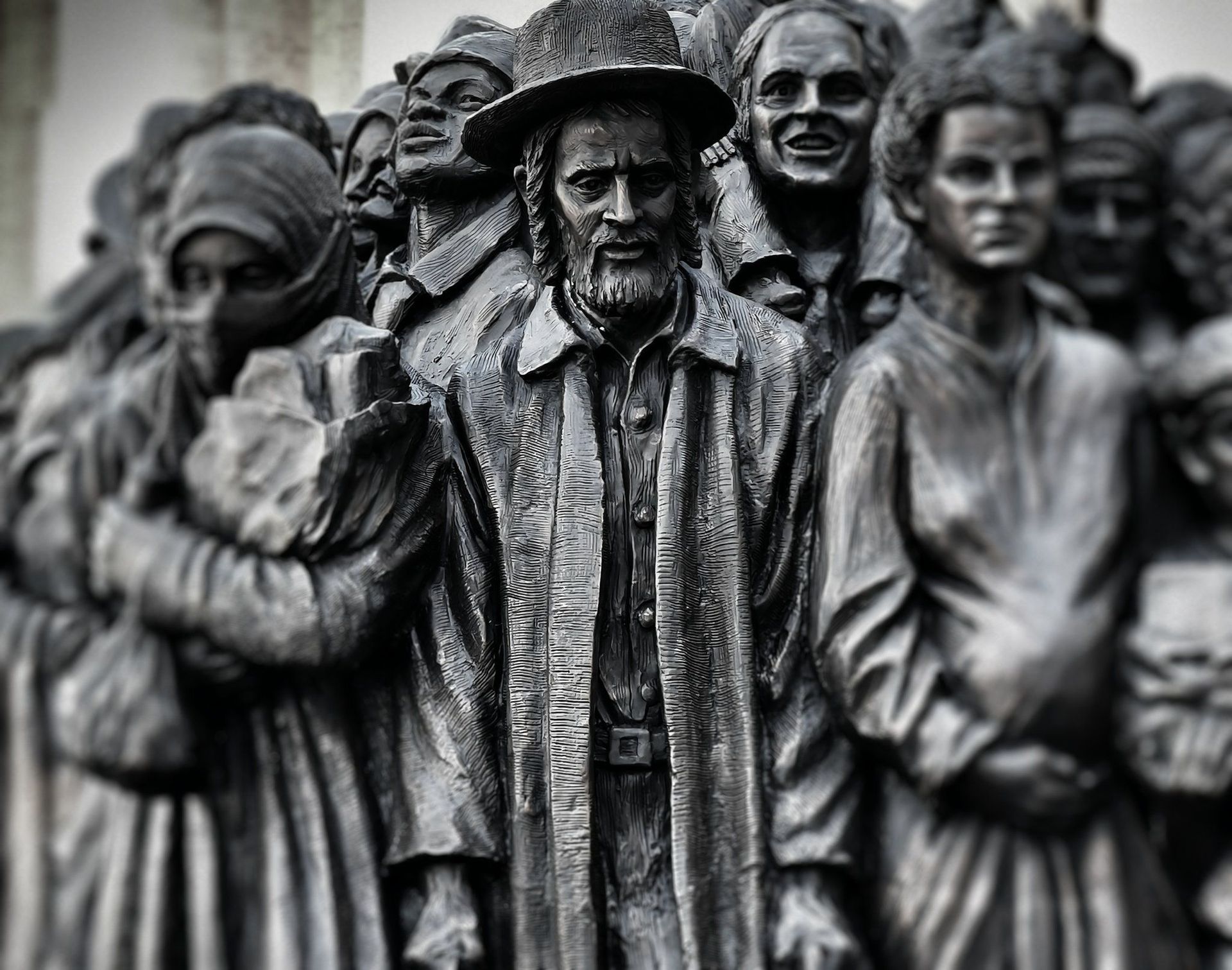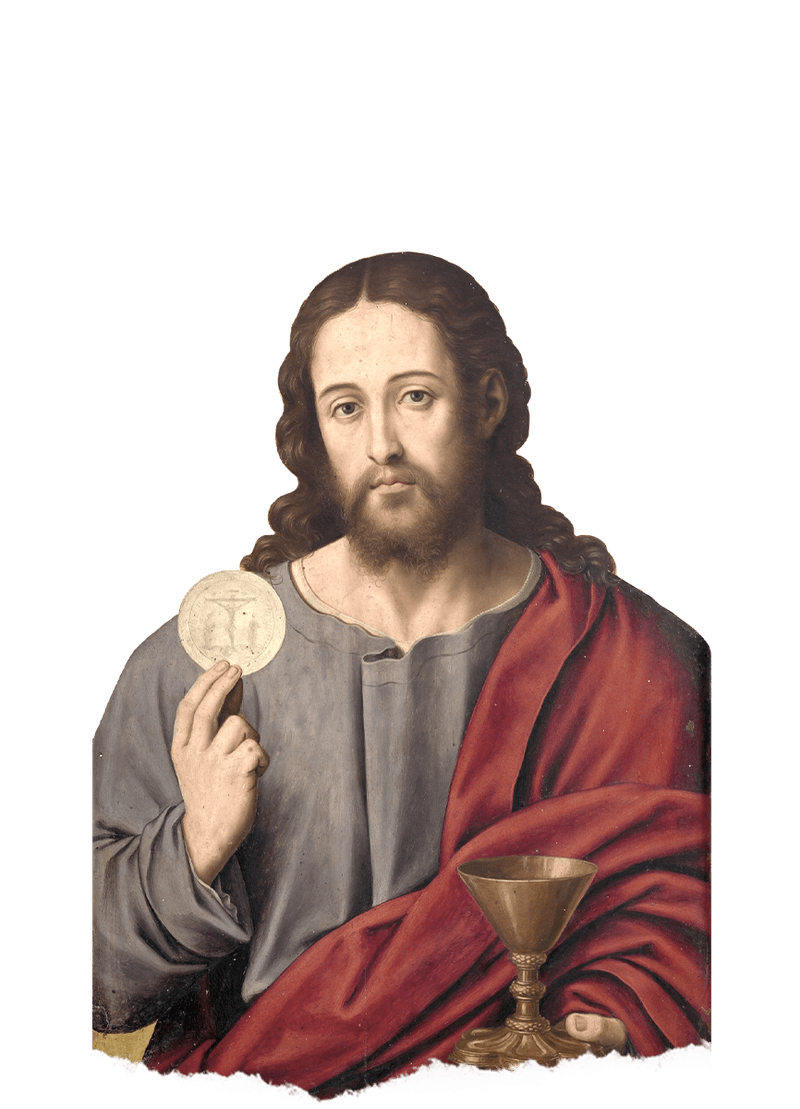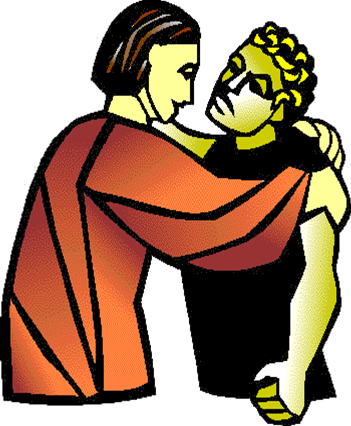The miraculous raising of Lazarus is the greatest and the most spectacular sign of Jesus’ public ministry. The raising back to life of his beloved and dear friend Lazarus (God helps) is not just a result of their close and intimate connection (as it were it may have been a factor) but a marvelous demonstration of the glory of God of the one who is resurrection and the life. The resuscitation of Lazarus, although not strictly resurrection because although he was brought back to life, eventually he experienced physical death again, takes and points us to the days ahead, entering Holy Week, the Great Week, the Week of Salvation, leading us to the passion, death and resurrection of the one man Jesus Christ, the Paschal Mystery, the heart and soul of the liturgical year. It prefigures what will happen to Jesus in the coming days. This whole event while giving us a preview of his death and resurrection, also shows and manifests how Jesus responds to the one he loves, to those close to him, to sickness, death, grief and the miraculous restoration back to life after four days in the tomb. Jesus brings glory to the Father by bringing back life to the dead, a magnificent demonstration of his power over death. He is the Lord of life.
Today, on the announcement of the death of his friend, Jesus draws us into the reality of death. Lent reaches its peak on this event. He takes us into the realm of death, an inevitable aspect of life. Death is the most worrisome and the most fearful of all. There’s nothing worse than death.
On the fifth Sunday in Lent which is often called Life Sunday, Holy Mother Church joins the suffering among us facing the worst of Covid-19. As we battle this pandemic under lockdown and quarantine, self-isolation and social distancing, we bring our preoccupations and cares to Bethany, to the house of Lazarus, his dear friend. We join the church as she walks with us on the way to Bethany along with the disciples to comfort and to mourn. We follow Christ wherever he leads us. We follow the church wherever she directs us.
Today, Jesus deals with sickness, death, separation from life, his prayer over the dead and power over death. He visited the troubled and the sick. He consoled the bereaved family. He raised the dead to life. Life with Christ means not isolation. H umanly speaking, Lazarus’ sickness and his death, the grief of his sisters, family and friends are so central in our contemplation. Amid the terrible crisis, as the stats, the number of cases keep on rising with little signs of slowing down, we too are pierced.
Jesus showed concern and care for the sick especially when the sisters sent word, “Master, the one you love is ill” manifesting a deep affection to his beloved friend. Jesus was close to the family of Mary, Martha and Lazarus. His response was, “this illness is not to end in death, but is for the glory of God that the Son of God may be glorified through it.”
Jesus wept with his friends. He mourned, grieved and consoled the bereaved family. As we watch on TV the increasing number of fatality, we join the world in grief. We mourn. We bring comfort and some measure of hope. We sympathize. We offer consoling words and lift our voices in prayer for the eternal rest of their souls. In the face of this present plague that’s ravaging and devastating us and costing so many lives, just like Jesus, we are moved by deep emotion and weep over the tragedy. He cried and shed tears which showed his deep attachment and love for his friend, his love for individual people. We are reminded that he spent the last days of his life before his death with his closest followers.
The grieving Sisters both expressed helplessness and hopelessness in the absence of Jesus, "Lord, if you had been here, my brother would not have died." These words are powerful expressions of belief in the power and presence of Jesus. If you were here, he would have surely lived longer. These are also the sentiments of the families who lost loved ones. If only the whole world intervened before the crisis, if only there were more testing kits, if only there were ventilators and proper protective gears, more lives would have been saved. There’s anger, frustration and disappointed over what could have been done to prevent mortality. Jesus was perturbed and deeply troubled. He was angry at what happened. Jesus was much concerned over the disturbance and destruction of the soul. What have you and I done that contributed and added to the misery of humankind?
This episode draws us into the Christian understanding of death as a passage from the physical/material world to the spiritual. For us, death is not an isolated event. Death and resurrection are inseparable in the Catholic belief in the after-life. There’s no life without faith. The only way to God is to die and rise with him. Paul says that death is the beginning of new life. Ezekiel in his vision of the dry bones says, "I will put my spirit in you that you may live." You don’t have to do anything. How comforting as we move on to the next phase of lent.
Finally, let's heed depths of the the words of Jesus, Lazarus come out! We are the Lazarus! Jesus asks us to come out of the tomb of our sins. He invites us to rise all that is dead in us and put us back again in normal lives. Untie him, unbind him, let him go. Amen.
PARISH BLOG



